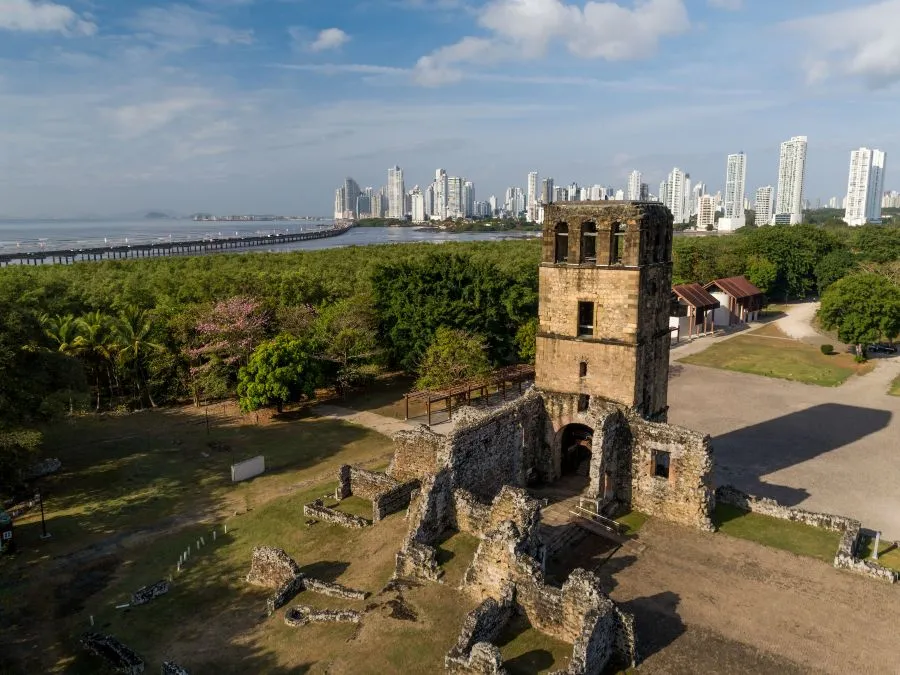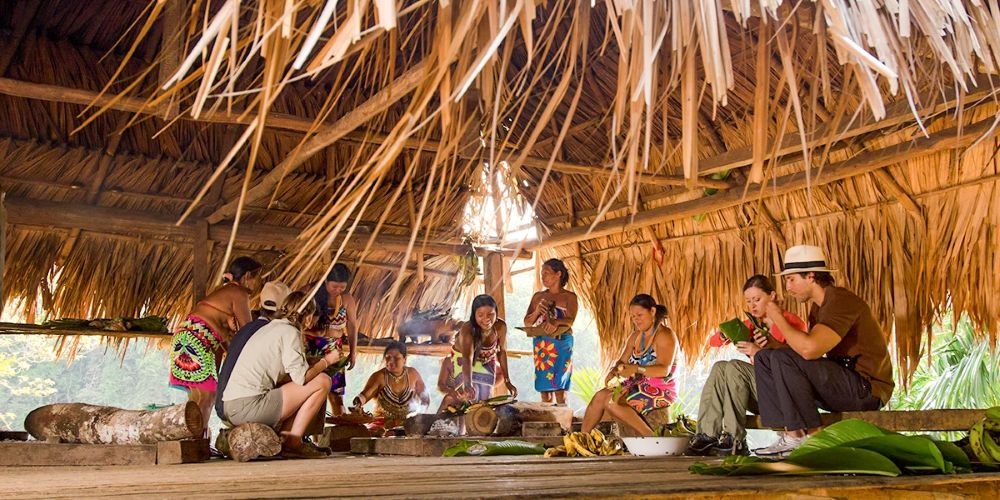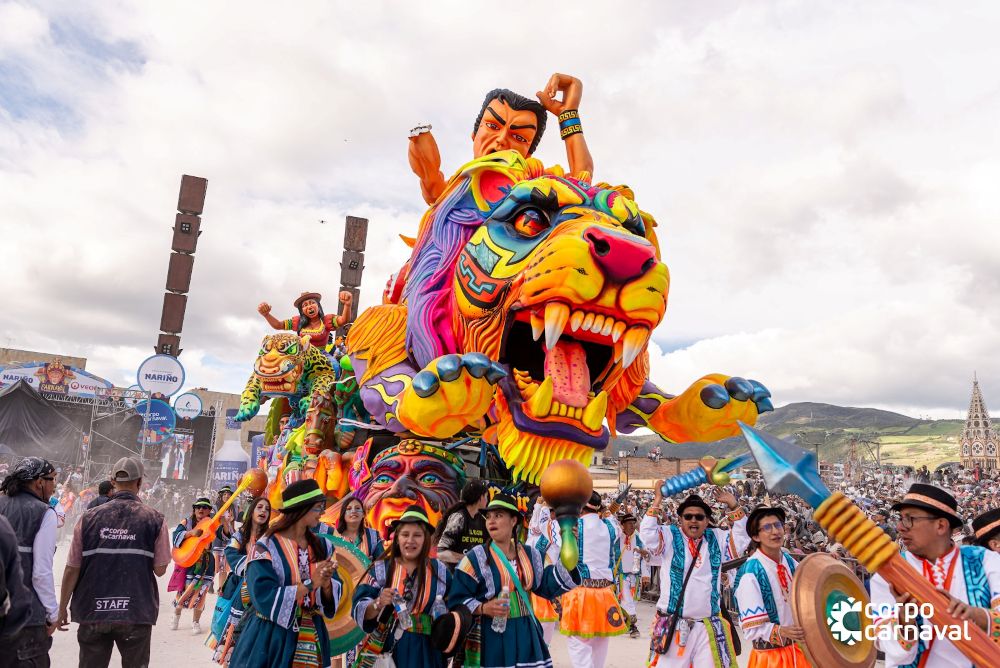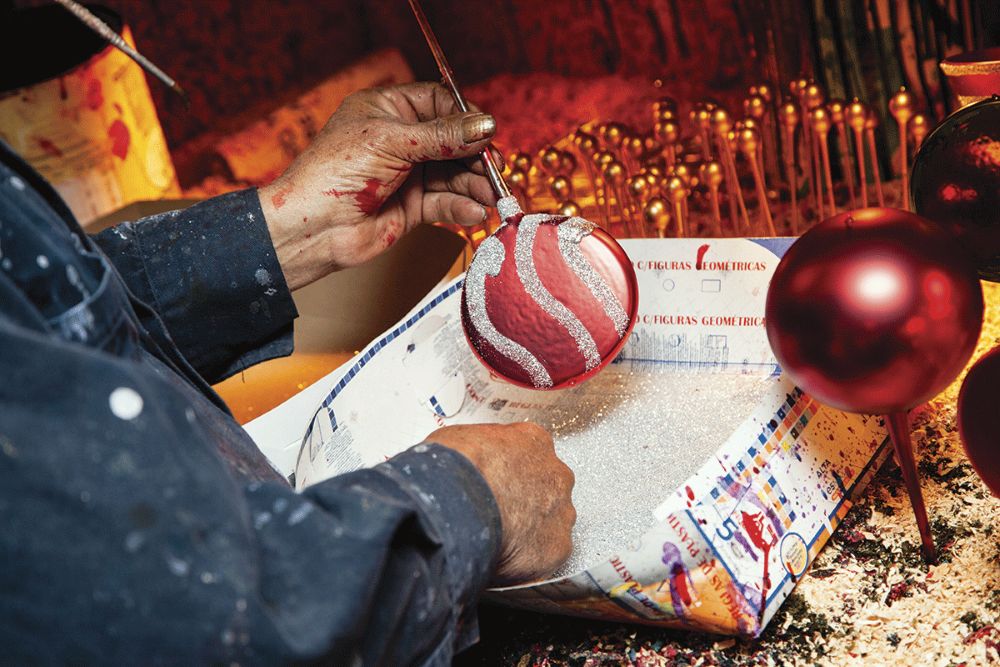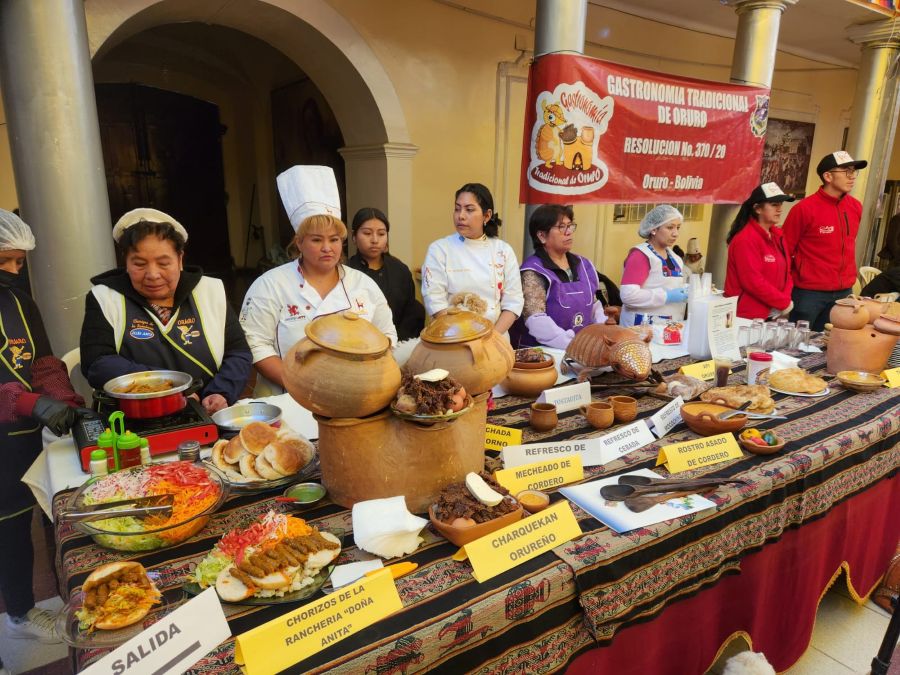Imagine walking along trails where mules laden with gold once thundered, listening to the echo of cannons that protected Spanish galleons, or losing yourself among Caribbean walls that withstood pirate raids. This is Panama’s Colonial Transisthmian Route: a historic corridor that invites you to explore the isthmus as merchants and adventurers did 500 years ago.
From Panama Viejo to Portobelo: an itinerary with colonial traces
The project includes six main landmarks that help trace the historical route once used to move goods from South America—first arriving on the Pacific coast, then crossing the isthmus by land to reach the Caribbean, and finally sailing on to Europe.
- Panama Viejo Archaeological Site: Founded in 1519, it was the first Spanish city on the American Pacific coast. Its ruins preserve the remains of churches, squares, and the famous Cathedral tower, which stands as a symbolic beacon of this colonial past.
- Casco Viejo of Panama City: Its cobbled streets, squares, and colonial, neoclassical, and art deco buildings tell centuries of history. Today, it combines heritage with cultural life, gastronomy, art, and a vibrant nightlife atmosphere overlooking Panama Bay.
- Camino de Cruces: This was the stone road that crossed the jungle, connecting Panama Viejo with the Chagres River. The route is a paradise for lovers of biodiversity, where you can see howler monkeys, toucans, sloths, butterflies, and a wide variety of tropical plants.
- Fortaleza de San Lorenzo: Located at the mouth of the Chagres River on the Caribbean coast, it was a key fortification to protect the river and sea entrance. Touring this fortress is like traveling back in time: you can walk along the ramparts, explore the dungeons, and enjoy panoramic views.
- Camino Real: Complementary to the Camino de Cruces, reaching Portobelo, it is a demanding and fascinating trail, where the silence of the forest contrasts with the memory of the ancient travelers who crossed on foot, on horseback, or on mules.
- Portobelo Monumental Complex: On the Caribbean coast, Portobelo was a key port during the colonial period. Its forts still preserve cannons and walls that evoke the defense against pirates.
Our article: Panama City: a crossroads of cultures and history
Experiences that connect past and present
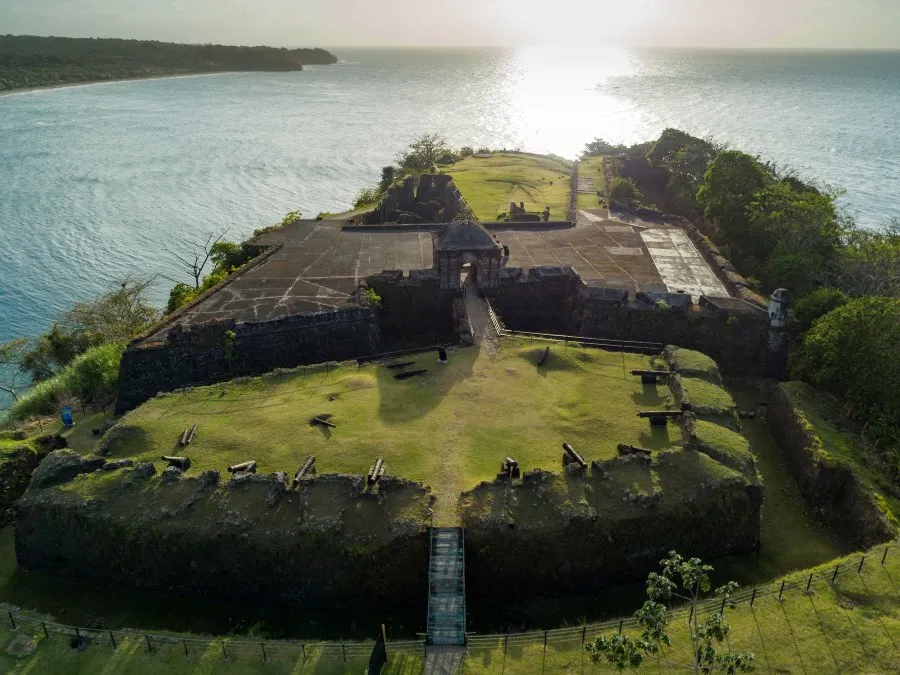
Those who travel the route today can explore museums, interpretive trails, visitor centers, and archaeological sites. In Panama Viejo, for example, guided tours are offered to understand what the original city was like before the attack by pirate Henry Morgan in 1671. And in Portobelo, the church of San Felipe houses the famous Black Christ, the protagonist of one of the most important processions in the region, as every October thousands of pilgrims arrive for the great festival in his honor.
In addition, various community initiatives allow visitors to discover the Afro-Caribbean culture of the Atlantic coast, enjoy the local cuisine, and learn about the importance of the isthmus as a crossroads of worlds.
One step closer to UNESCO
Panama is currently working to register the Transisthmian Colonial Route as a World Heritage Site, integrating all these sites under a single unified declaration. Some of them, such as the archaeological Site of Panamá Viejo and Historic District of Panamá and the monumental complex of Portobelo and San Lorenzo, already have this recognition from UNESCO. The goal is to extend this protection to the entire complex and highlight one of the most important historical corridors in the Americas, strengthening conservation and promoting sustainable tourism that directly benefits local communities.
The Colonial Transisthmian Route is not just a tourist route; it is an invitation to rediscover Panama as it always was: a bridge between lands, seas, and cultures. To walk it is to feel how history makes its way through jungles, cobblestones, and walls facing the sea. It is to be surprised by a mass among ruins, an Afro-Caribbean drum in a square, a ceiba tree guarding an old path. Each section offers something unique: a view, a scent, a story of adventure. And that is what makes this route an experience: it is not meant to be observed, but to be traversed.
Photos: Visit Panama

